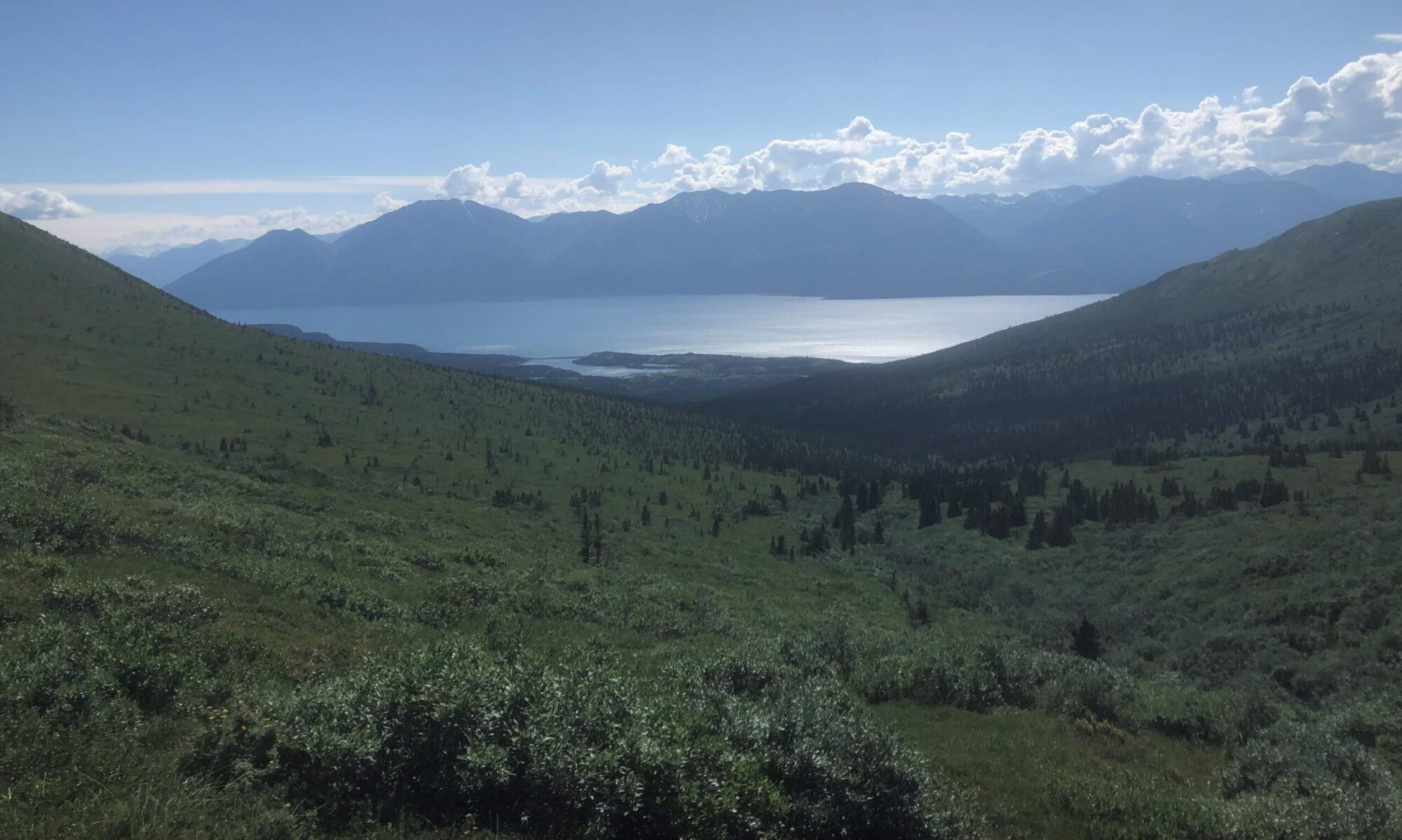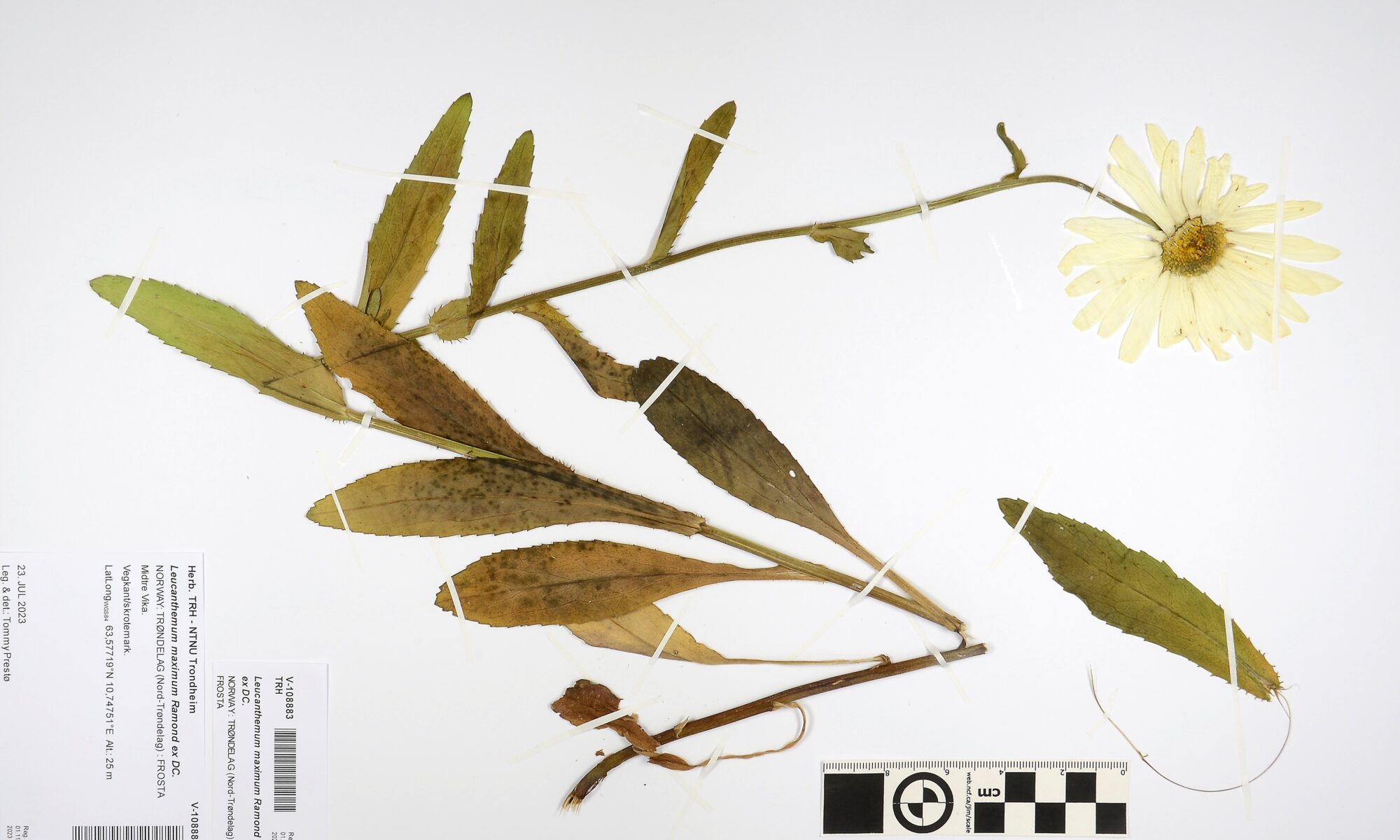A recent paper from the Machine Vision for Natural History research group at NTNU University Museum, including several NordBorN members, reports on global trends in flowering phenology, an indicator of the impact of anthropogenic climate change. A machine learning model was used to examine more than 8 million images of herbarium specimens from around the world and spanning two centuries. High diversity in temporal trends in flowering seasonality was found across different ecoregions, with greater variability at low latitudes than at high latitudes. This likely reflects the effects of a combination of shifts in temperature and precipitation seasonality, together with lower photoperiodic constraints to flowering. The study demonstrates the utility of machine learning approaches in large-scale analysis of museum collections and underscores both the importance of natural history collections in assessing long-term trends and the need for digitization efforts to make such specimens available to researchers across the world.
Future work is planned to link global flowering phenology patterns with local climate data, and to examine borealization by combining analysis of historical museum collections with data from field studies. You can read the paper here.
Reference: Williamson, D.R., Prestø, T., Westergaard, K.B., Trascau, B.M., Vange, V., Hassel, K., Koch, W. and Speed, J.D., Long‐term trends in global flowering phenology. New Phytologist. https://doi.org/10.1111/nph.70139
Image: Herbarium specimen of Leucanthemum maximum from the NTNU collection which was IDed by one of the co-authors

